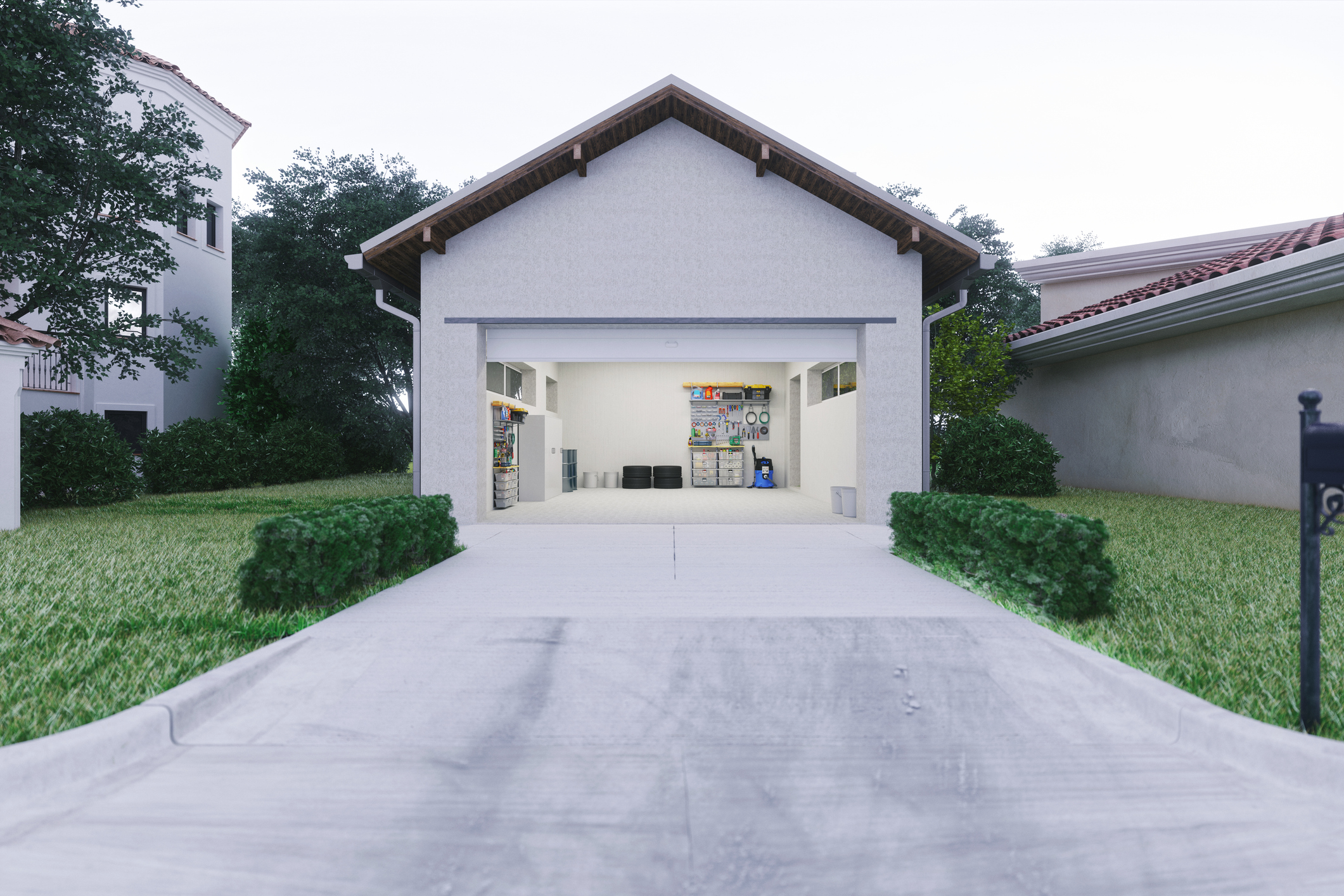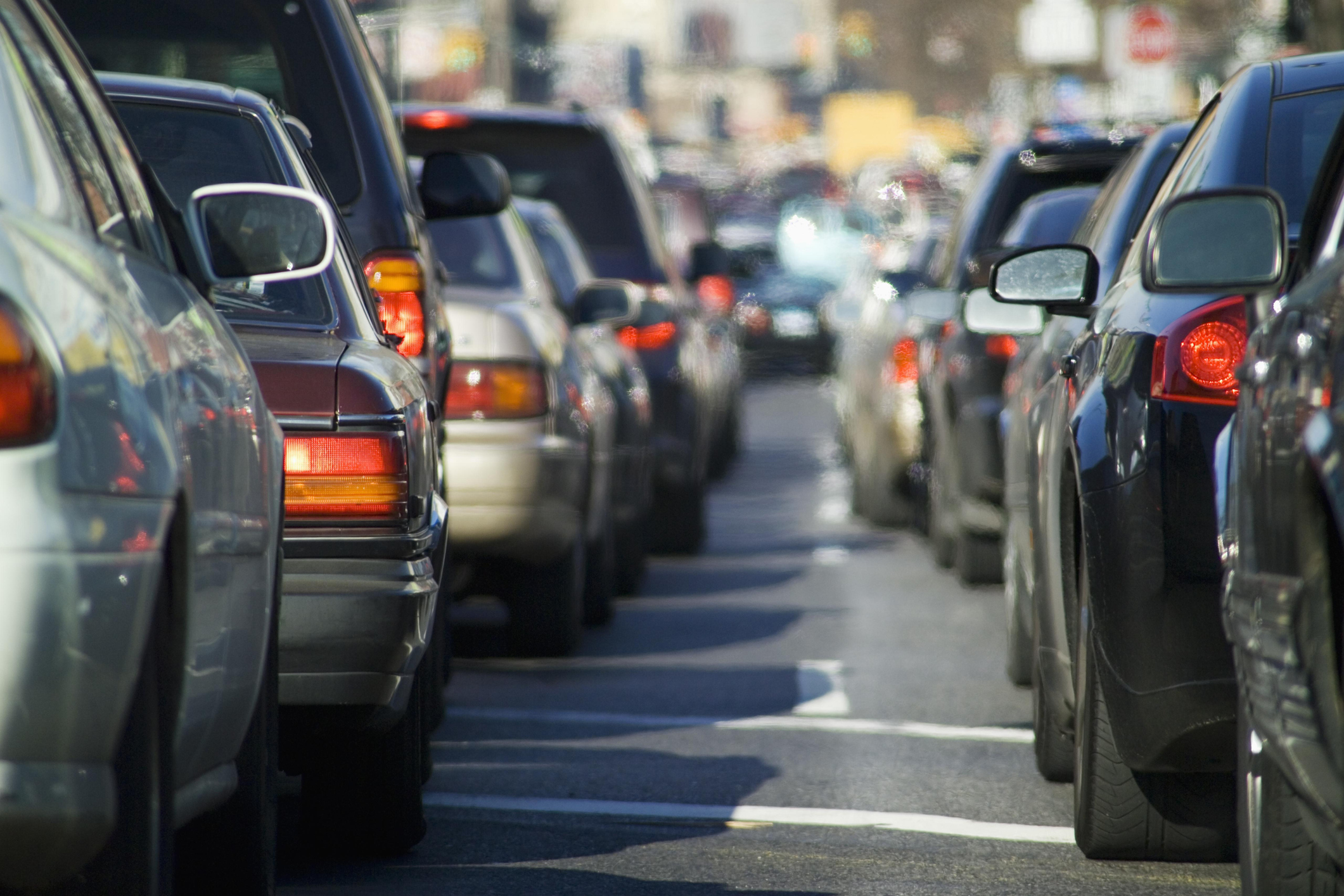
Car recalls happen more often than you might expect. Some 27 million cars were recalled in 2024, according to BizzyCar, and 2025 is already kicking off with recalls to know about.
Whether it's a faulty airbag, a software bug or a mechanic flaw, recalls don’t happen until thousands of cars are already on the road, and one of them might be yours. If your car is part of a recall, the fix is usually easily manageable, but you have to know it's happening first.
Manufacturers are required to mail out notices to drivers whose cars have been affected, but that can happen weeks after the recall takes place. For example, the National Highway Traffic Safety Administration (NHTSA) issued a recall on Ford vehicles on December 20, 2024, but letters don't start going out to owners until January 13, 2025.
That’s why it’s a good idea to periodically check to make sure your car is not part of a current recall.
Why do car recalls happen?
Car recalls have been on the rise recently. Data from the NHTSA show recalls going up particularly within the last decade. Part of the reason for all the recalls may be because car manufacturers have to use complex electronic parts in vehicles, which makes cars more likely to malfunction, ABC News reported.
Some recalls are for safety issues, like a recall of Kias for rollaway risk or of BMWs for fire risk. Others reasons for recalls sound slightly less alarming. Among the largest recalls last year was of Teslas, which were recalled over the font size on their instrument panels.
Who recalls cars?
Car recalls often come from two places. The automakers themselves will sometimes voluntarily issue recalls on their vehicles if they notice a defect.
Otherwise, the NHTSA, a government organization, will announce vehicle recalls if they believe a car doesn’t meet minimum safety standards.
How to know if your car is recalled
NHTSA has its own vehicle recall website that lists any announcements regarding car defects. To use it, you simply need to plug in your vehicle identification number (VIN). If you’re not sure where that number is on your car, you can plug in your license plate number or your vehicle’s make and model.
NHTSA also runs the SaferCar app, a mobile platform that automatically alerts you to any car recalls. Once you download the app on your phone, you can add different cars to your “garage,” and the app will keep tabs on recall efforts for those models.
Kelley Blue Book also has a recall portal that will require either a VIN, license plate number, or make and model.

Check these websites regularly. Sometimes, if a vehicle recall is recent, not all VINs will show up under the recall announcement. VINs are added regularly to the report, so you may still be entitled to get your vehicle fixed.
Car manufacturers will often have their own recall portals as well. If you know your car’s manufacturer, you can do a search for their recall websites and enter your VIN.
Car manufacturers will also send out notices in the mail to affected drivers. That letter will detail what defect is spurring the recall, a short-term solution for drivers (like “do not drive” or “engage the emergency brake”), and a detailed timeline of how the manufacturer will fix the problem.
What to do if your car gets recalled
If you find out your car is getting recalled through a notice in the mail, it will likely have instructions on how to proceed.
Usually, the automaker will instruct drivers to contact a nearby dealership that will make the necessary repairs to the car. Dealerships are required by law to make repairs in a timely manner, but the availability of parts, especially as manufacturing is bottlenecked, may slow down the process.
When a recall is issued, the automaker is required to fix the driver’s vehicle for free or reimburse the driver for any repairs they had to take on themselves. Even if you are the second or third owner of your car, you can get the defective part or mechanism fixed for free.







